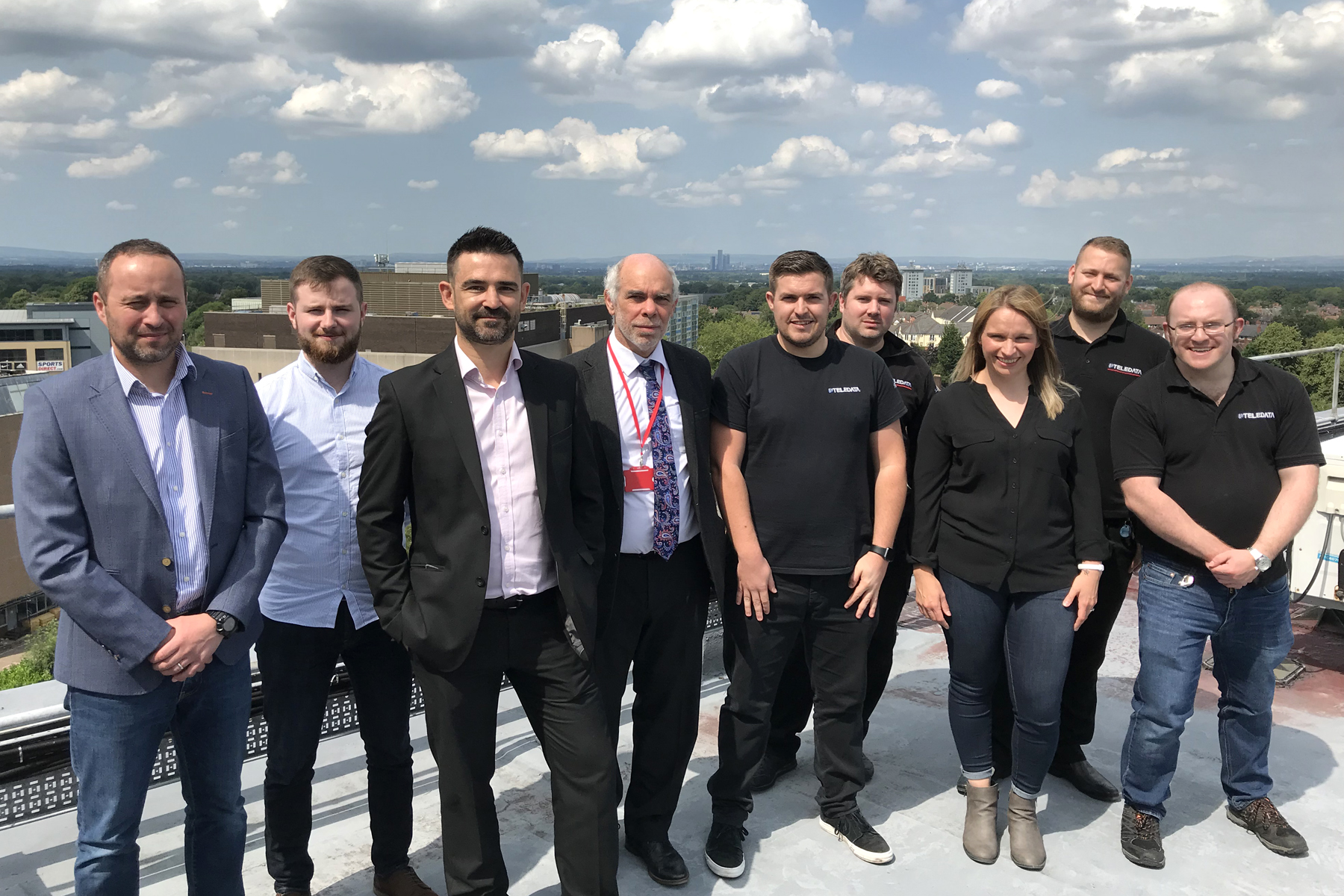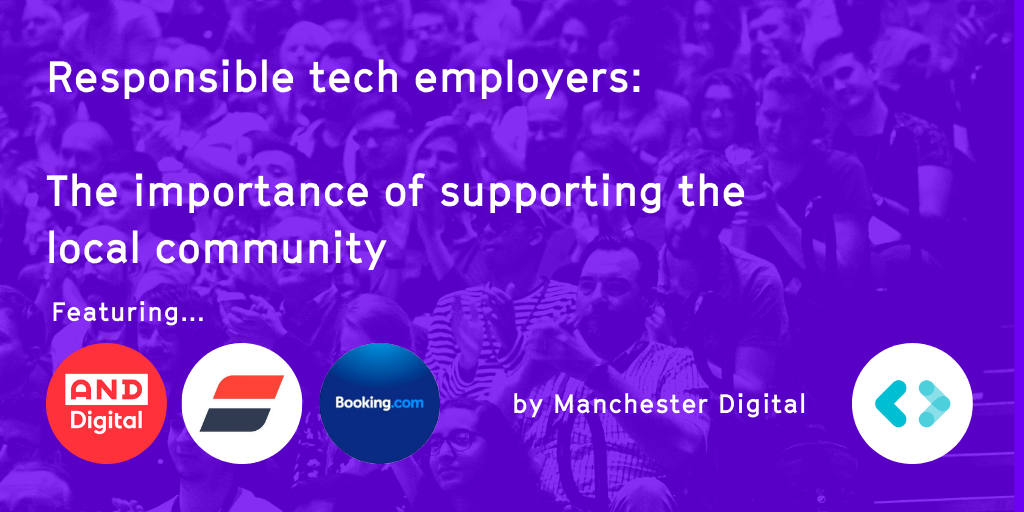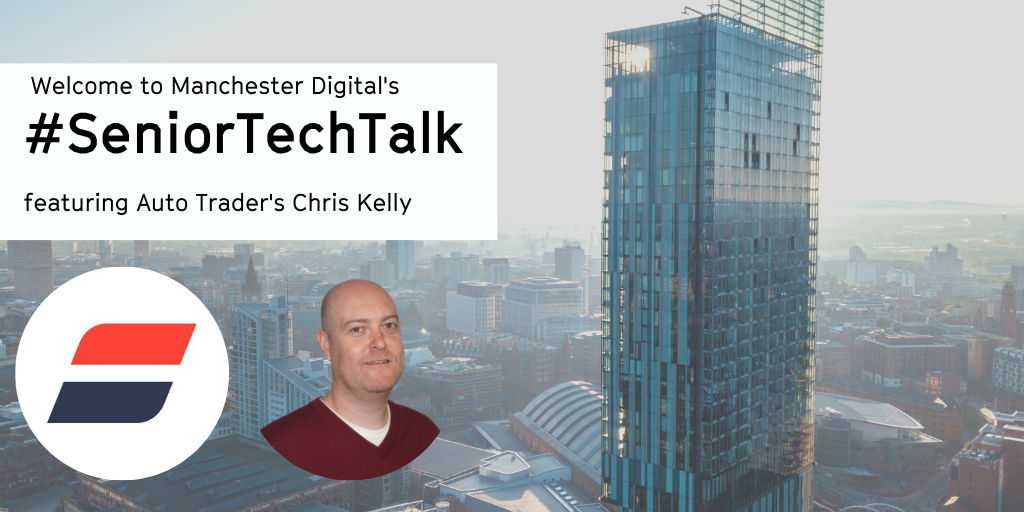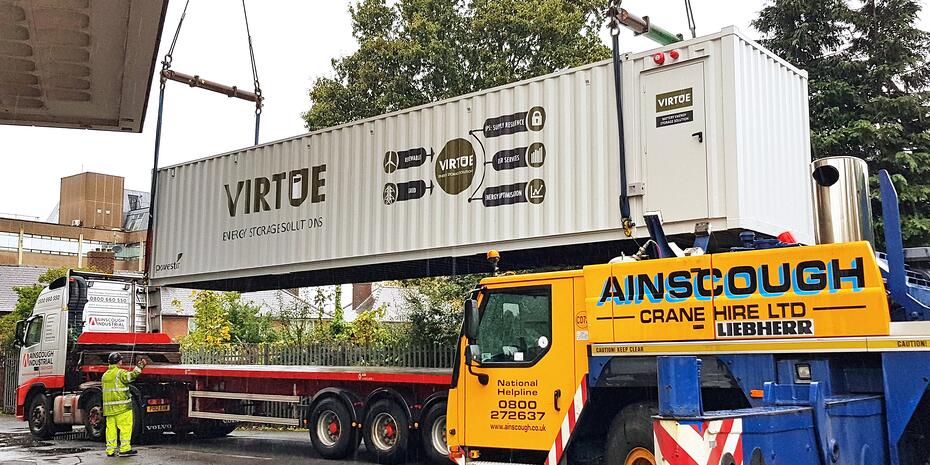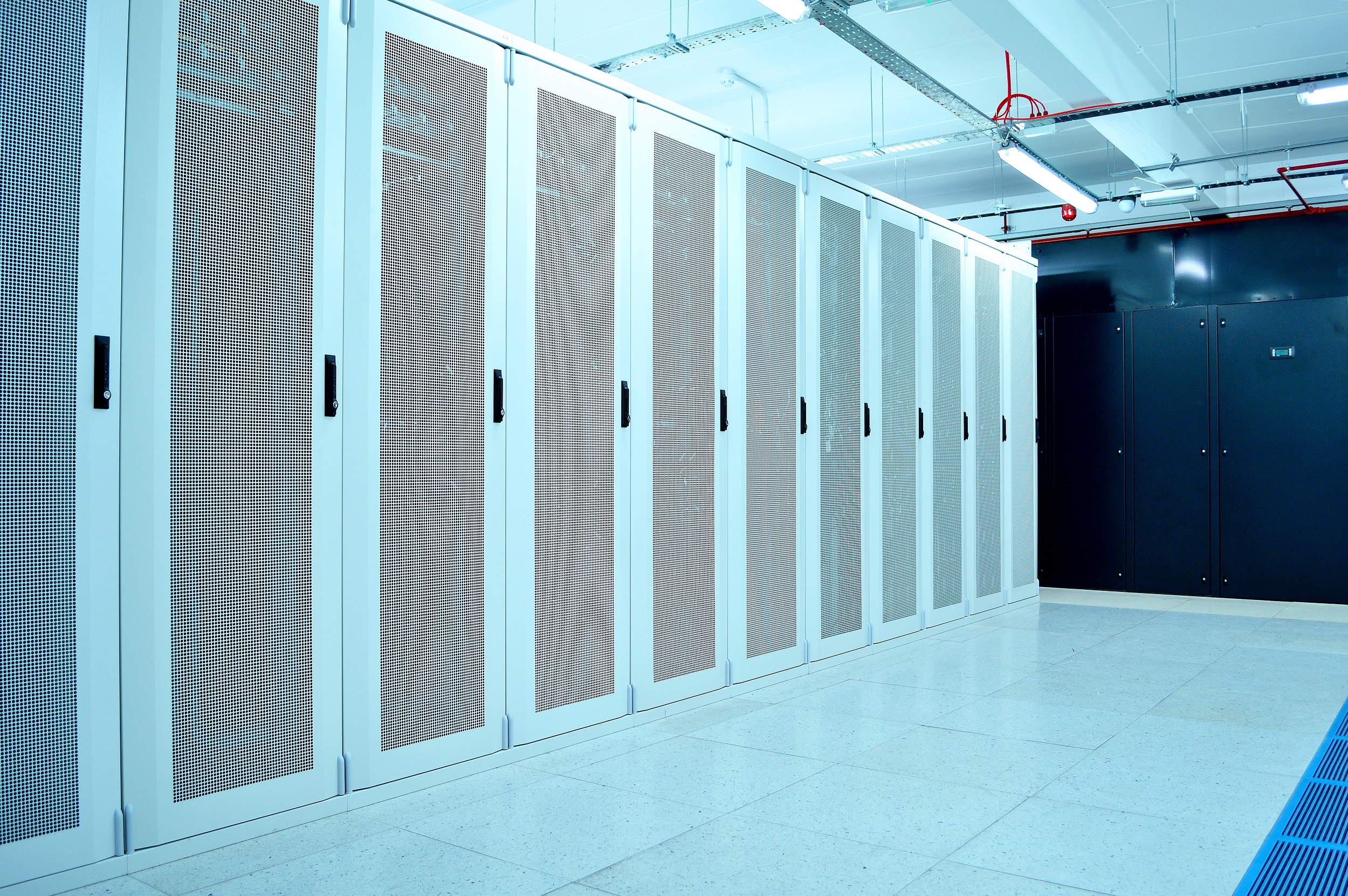
Data centres are the backbone of the internet
Without data centres, the internet wouldn't exist in its current form. Data centres are where the fibre providers meet the content providers. Where the content you’re accessing online, is stored, and delivered from.
You make contact with a data centre several times a day
You might not realise it, but you touch base with a data centre up to several hundred times a day. When you post to social media, pay for purchases using your phone, stream Netflix or Spotify, share files through Dropbox, book a cab through Uber… each time you connect, you’re connecting with a data centre.
Data centres are power hungry yet efficient
Globally last year data centres used nearly 40% more electricity than the whole of the UK. Despite this scary statistic, DCs are more energy efficient than standard server rooms, thanks mainly to the use of technologies such as virtualisation and cloud computing which massively increase computing capacity whilst reducing energy consumption. Power Usage Effectiveness (PUE) is the metric that illustrates how efficiently data centres utilise their power resources. The scale ranges from 3.0 which is very inefficient, to 1.2 which is very efficient. The average PUE value for a data centre is 1.67, whereas a server room sits around 3 and above.
Data centres are the home of cloud computing
The name can be deceiving, but cloud computing doesn’t actually have anything to do with clouds. Cloud technology, simply means that data is stored off-site in a data centre, rather than in an office for example, and accessed via an internet connection. You’re probably using cloud computing technologies in your daily life, without even realising.
You can’t get in them
Well, not without an invitation. Perimeter fencing, CCTV, biometric access controls, virtual tripwires and mantraps allow authorised personnel to enter a data centre, but if your name’s not down, you’re not coming in. We’ve invested over £1 million in our Security and Operations Control Centre alone - meaning our data centre is the only one in the world with NSI Gold Approved BS5979 security centre on-site.
They’re fire safe fire hazards
With so much power and equipment running 24 hours a day, seven days a week, data centres pose a fire risk. However, early fire detection and suppression systems in the form of VESDA (Very Early Smoke Detection Apparatus) and gas suppression mean that the chances of a fire actually happening are slim to none. To give you an idea of just how reliable these systems are, the VESDA in one of our data centres in Manchester triggered back in November this year due to minute traces of bonfire smoke particles being dragged into the DC through our air conditioning system. If the system can detect a fire 3 miles down the road, it’s sure as hell going to detect one in a building. Once a fire is detected and identified, data centres are flooded with either Argonite or FM200 gases, which displace the oxygen from the room and put out the fire before it’s even had a chance to get started. Luckily the traces our systems identified weren’t high enough to trigger the gas, just our internal alarms!
They’ve got the power
Any good data centre will have robust UPS (Uninterruptible Power Supply) system in place to prevent a power outage from ever happening. Power redundancy through national grid feeds, on-site substations and transformers, backup generators and on-site battery storage mean that even in the case of a region-wise power outage, data centres stay up and running.
Data centres are cold, but also hot
The optimum temperature for the equipment housed in a data centre facility is 18-22 °C, but all those servers running 24/7 generate some serious heat. Which is where hot and cold aisles come in. As the servers throw warm air out behind them, this creates hot aisles. That air is then taken and cooled through air conditioning so that it can be pumped back into the aisles housing the front of the servers, creating cold aisles. This means that the air the servers are using to function is cooled to the optimum temperature for best performance and life expectancy of the servers.
They’re NOISY!
Something that always surprises people when we first take them around our data centres, is the level of noise. When you think about it, it makes sense really. Hundreds of servers whirring away altogether makes some serious racket. The average decibel level of any given data centre can vary, but they can reach anything from 75 - 85dB. To give you any idea of how loud that is, normal conversation sits around 60dB, a barking dog around 70dB and a screaming child around 80dB. Data centre staff spending long periods of time inside the DC will need to wear ear defenders, and we provide ear plugs for visitors at our Manchester data centre.
Data centres are SUPER clean
Dirt and dust and muck damage IT equipment. So quite simply, there cannot be any.
When you enter a data centre you’ll need to walk across a sticky mat which removes any dirt from the bottom of your shoes. These mats are changed frequently. No food, no drink, no rubbish, no cardboard (also a fire risk), regular deep cleans and filtration systems give data centres a 99.97% (or higher) efficiency rating when it comes to removing dirt and dust particles from the air, compared to a typical home filter which runs at around 70%.
So to summarise, data centres are massively power hungry, energy efficient, super clean, noisy buildings full of servers that are potential fire hazards, yet will never catch fire, we can’t live without them and you can’t get into them. And if you do get into them, you’ll need your big coat.
If you’d like to see first hand how a data centre looks, sounds and runs, why not get in touch with TeleData and book onto one of our tours.


